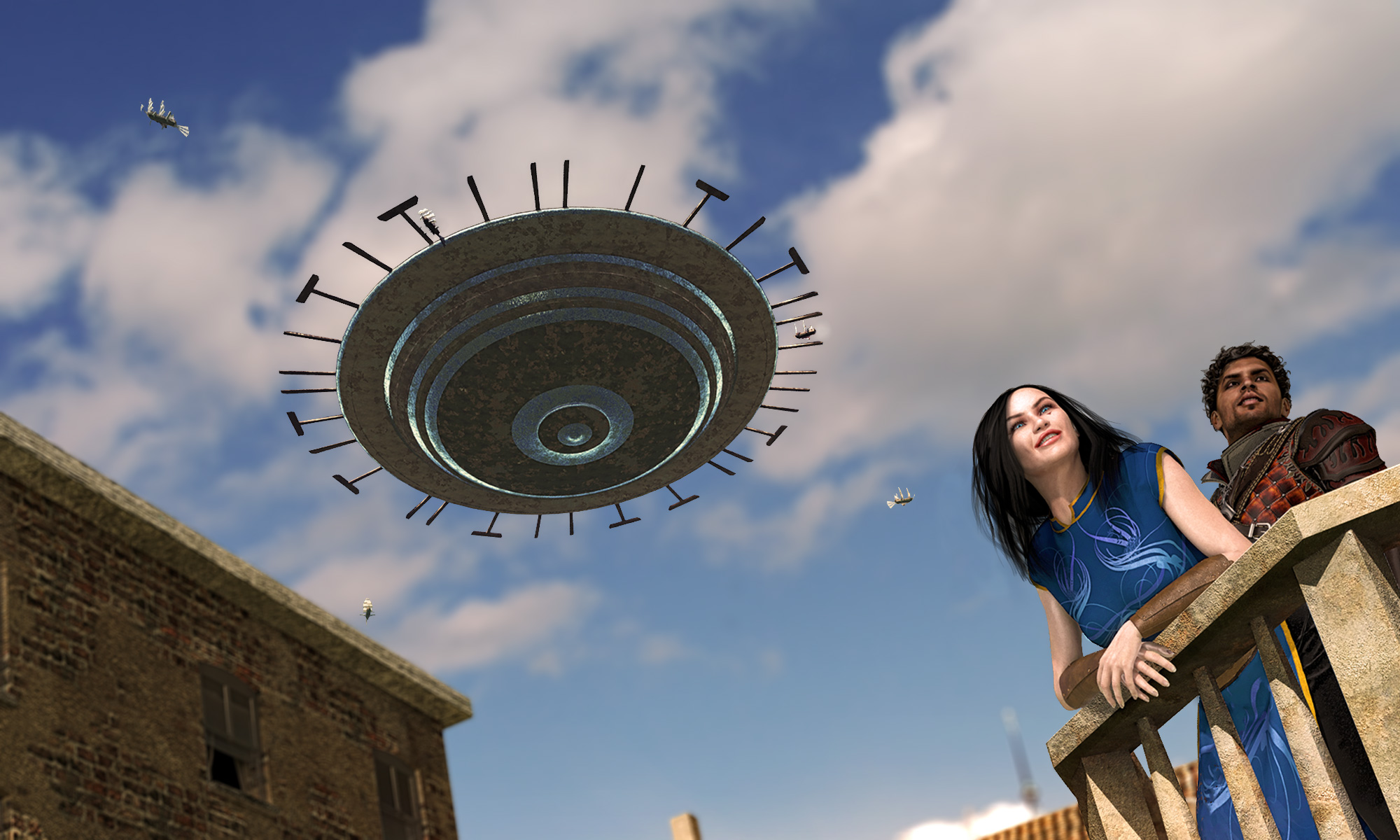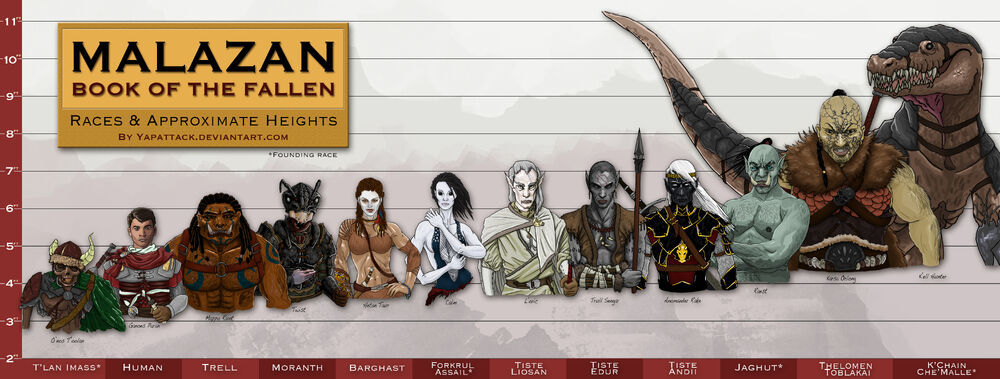The “Undead”–a popular creature class drawn from a wide range of cultures, legends and mythology. Rolemaster has Egyptian Mummies, European Vampires, and Ghosts combined with the established D&D creatures like Wraiths & Ghouls. But are all of these actual “Undead”? If not, what are Undead? Are they:
- Animated corpses? If they are just magically infused bodies/skeletons are they truly undead anymore than an enchanted sword?
- Re-Animated corpses via a “spirit” or “will”? Is the body/corpse/skeleton infused with a soul or spirit? Is that Undead or is that a imbedded intelligence?
- A non-corporeal entity via a “spirit” or “will”? Does a persons dis-embodied spirit define an Undead?
- A being created via a spell or magic ritual? Does a entity that becomes something else, post death or beyond death meet the definition of an Undead?
- A possessed corpse? Is a corpse possessed by another entity an “Undead”?
- Something else?
Certainly in it’s more simplistic form an Undead is merely a creature or entity that is functional “after death”. The problem with that all-encompassing definition is that it embraces a wide variety of Undead tropes.
- Only be hit by silver weapons.
- Only be hit by Holy weapons.
- Only be hit by Magic weapons.
- Only be affected by “turning”
- Can or cannot be banished.
- Immune to stuns/bleeding etc
- Causes a stat or level “drain” of one sort or another.
- Affected by the “moon” (if only one) or sunlight.
- Susceptible to “Clerics”.
So what is the underlying mechanic or philosophy behind Undead? Are animated corpses “undead” or just magically infused meat puppets? How does one draw a spirit from beyond? How are Undead created? How are special Undead created? Why do typical Undead need to follow common western European tropes (Mummy, Vampire, Wolfman, Zombie?). If you were to create a world from scratch, would you just populate it with common fantasy Undead? Is there a better, more consistent way to create Undead? What is “draining”? How does it work? How do you recover lost stats or levels? What spells protect against Undead? What type of Undead Does a Clerics spell turning work against a animated corpse? Does the Clerics patron god allow for powers against Undead or that specific type of Undead? If you allow many types of Undead, should they require different spells to deal with them? Do the Undead fit into the setting, afterlife and “soul” mechanics of the world?
Once you take away the Judaeo-Christian concept of Undead/Possession and symbology (crosses, silver, holy water), I’m not it’s clear what the strict definition of an Undead might be.
What do you do?










